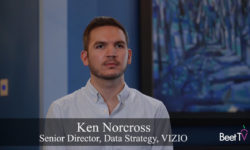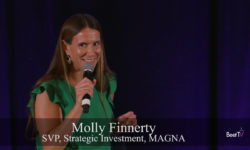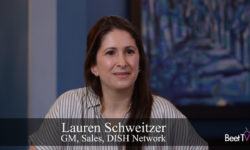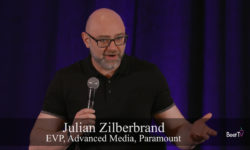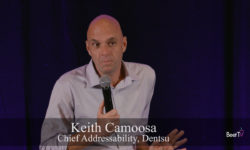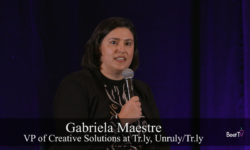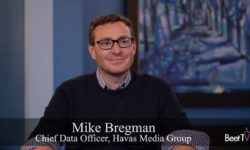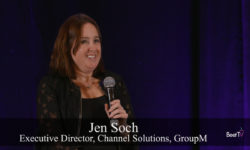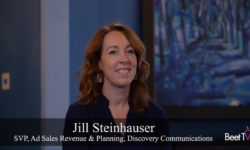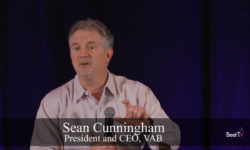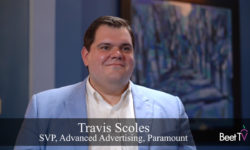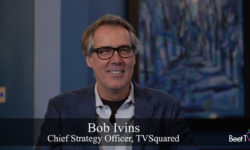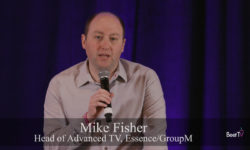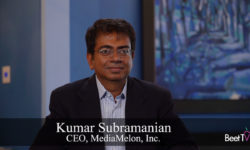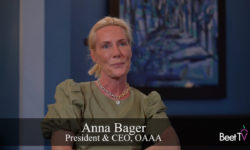SAN JUAN, Puerto Rico – The current US upfront TV ad sales season looks like being notable for two trends:
- A bounce-back in post-lockdown advertiser spend.
- The migration of some of that spend toward advanced and connected TV executions.
In this video interview with Beet.TV, Beau Ordemann, Head of Advanced TV, Yahoo!, says his company – fresh from connecting a number of TV partnerships – is seeing strong growth in the number of brands buying its advanced TV ad offerings.
Upfront growth
In February, the company announced 141% year-on-year growth in connected TV ad revenue. And Ordemann is seeing ongoing momentum.
“We’re only in the second quarter of the 21/22 upfront cycle right now and our platform’s already seen four times the number of brands executing this strategy relative to last year,” he says.
“The high-level reason this is gaining traction is that brands are seeing the benefit of centralising the activation and getting a unified view of performance across all of their upfront partners.
“Understanding things like deduplicated reach and frequency, where overlap exists, where waste is occurring, and being able to get access to that in real time. The whole idea here is informing smarter negotiations and smarter investment decisions.”
Partnership plans
Yahoo has recently built an array of CTV partnerships:
- Cross Screen Media, whose technology optimizes local and CTV ad planning, will supply Yahoo! with its new ScreenImpact measurement solution, a move ready for 2022 political advertising.
- Yahoo has become the exclusive demand-side platform (DSP) to access Inscape viewership ACR data from 18 million VIZIO smart TVs.
- Ensuring Yahoo DSP customers can access Tubi inventory.
- Gaining similar DSP access on a programmatic guaranteed basis to NCBUniversal’s Peacock.
- Enabling addressable linear to be bought alongside connected TV via Fios and DISH.
- Enabling network, daypart and DMA-level information in its platform, via feeds, speeding up the previous wait time of weeks for such information.
- Programmatic guaranteed frequency capping has been introduced to certain supply-side platforms (SSPs).
“When we think about partnerships, we look for partnerships that really benefit both parties, but also simplify the landscape,” Ordemann explains.
Beyond IO
So, which marketers, exactly, are driving this year’s connected TV ad wave?
The ones that got their toes wet early on, who spent last year experimenting and learning about the opportunity, Ordemamm observes.
“This year, the brands that have already taken those first steps and now they’re like really confident in the strategy, they are really looking to push the envelope and drive all the capabilities of programmatic and take advantage of that to basically drive more reach efficiency,” he says.
“I think this is the year that the gap starts to widen between the brands that are continuing to buy on an IO (insertion order) basis in silos and brands that are really leaning in to programmatic technology to drive more efficient reach and better cross channel interoperability.”
You are watching coverage from Beet Retreat San Juan 2022, presented by AppScience, Infillion, MadHive, SpringServe, Univision & VideoAmp. For more videos, please visit this page.






